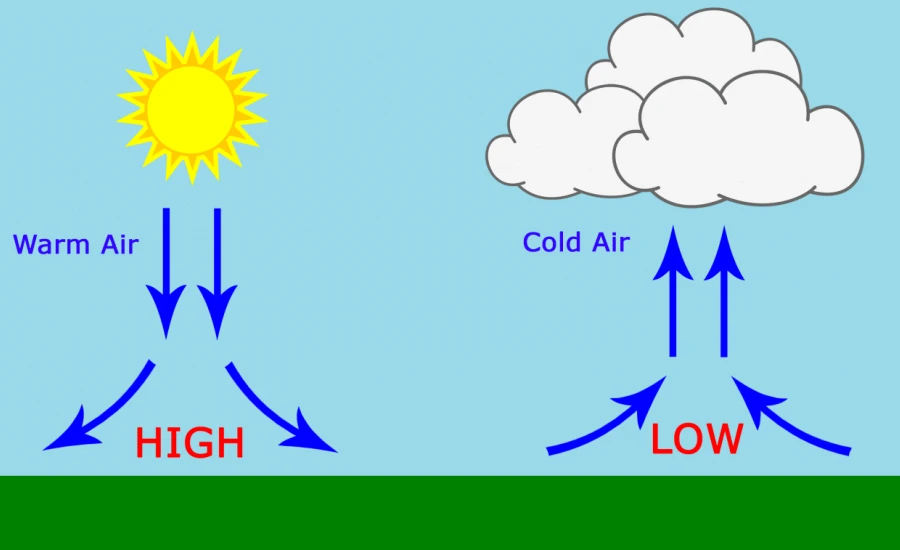
# Ambient Pressure Definition and Its Significance in Physics
## What Is Ambient Pressure?
Ambient pressure refers to the pressure of the surrounding environment at any given location. It is the force exerted by the atmosphere or any other surrounding medium on objects within it. Typically measured in units like pascals (Pa), atmospheres (atm), or pounds per square inch (psi), ambient pressure varies depending on altitude, weather conditions, and other environmental factors.
## The Physics Behind Ambient Pressure
In physics, ambient pressure plays a crucial role in understanding fluid dynamics, thermodynamics, and various natural phenomena. The pressure at any point in a fluid (liquid or gas) is determined by the weight of the fluid above it. For Earth’s atmosphere, this means that ambient pressure decreases with increasing altitude because there is less air above to exert force.
### Key Characteristics of Ambient Pressure:
– It is the pressure exerted by the surrounding environment.
– It varies with altitude, depth (in liquids), and weather conditions.
– It is a scalar quantity, meaning it has magnitude but no direction.
## Applications of Ambient Pressure in Science and Engineering
Ambient pressure is a fundamental concept in many scientific and engineering fields. Here are some key applications:
### 1. Meteorology
Meteorologists use ambient pressure measurements to predict weather patterns. High-pressure systems are often associated with clear skies, while low-pressure systems can indicate storms or precipitation.
### 2. Aviation
Pilots and aerospace engineers must account for changes in ambient pressure with altitude. Aircraft cabins are pressurized to maintain a comfortable and safe environment for passengers and crew at high altitudes where ambient pressure is significantly lower.
### 3. Scuba Diving
Underwater, ambient pressure increases with depth due to the weight of the water above. Divers must carefully manage pressure changes to avoid decompression sickness, also known as “the bends.”
### 4. Industrial Processes
Many industrial processes, such as chemical manufacturing and power generation, rely on precise control of ambient pressure to ensure efficiency and safety.
## Measuring Ambient Pressure
Ambient pressure is commonly measured using instruments like barometers or pressure sensors. These devices can provide accurate readings that are essential for scientific research, weather forecasting, and industrial applications.
### Common Units of Pressure:
– Pascals (Pa) – The SI unit of pressure.
– Atmospheres (atm) – Standard atmospheric pressure at sea level.
– Millimeters of mercury (mmHg) – Often used in medical and meteorological contexts.
– Pounds per square inch (psi) – Frequently used in engineering and industrial settings.
## Conclusion
Understanding ambient pressure is vital for numerous scientific and practical applications. From predicting weather to ensuring the safety of divers and pilots, this fundamental concept helps us navigate and manipulate our environment effectively. By studying how ambient pressure behaves under different conditions, scientists and engineers can develop technologies and solutions that improve our daily lives.
Keyword: ambient pressure definition
Leave a Reply